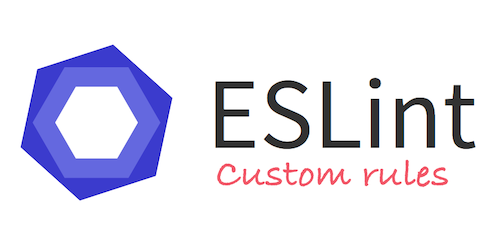The Green Checkmark of Doom!
13 Feb 2020
What are Coding Standards?
The online definition for Coding Standards are defined as being a “set of guidlines, best practices, programming styles and conventions that developers adhere to when writing source code for a project” according to CodeAhoy.com. This week the class learned about ESLint which is essentially a coding standard enforcer. By implementing the ESLint rules; when building our repositories, the code written had to follow the custom rules for the assignment, where if we did not follow the coding standards, the green check mark would not show up on intellij, resulting in code that may be working, but not “correct.”
My Personal Experience
At first I did not understand why we needed to use ESLint and what its actual purpose was. I also quickly learned that getting the green checkmark on the top right of my intellij screen was no easy task. This is because I hadn’t set up the javascript coding standards correctly. It can seem like a very tedious task to go into preferences and check on and off certain settings, but by doing this, I was able to get the green checkmark on all of my javascript source code. Coding Standards are very important in order to maintain consistency in source code. Although it may have not appeared very crucial in these WOD’s and homeworks, if you were to be working on a big project in the work force, the coding standards will play a big role in finding errors and to maintain consistency between different people who are writing source code for one project.
Using Intellij and ESLint in the Future?
All in all, using ESLint with Intellij was a very tedious but importantant topic for me as a programmer. Although I may not have the need to use it now, I could definitely use this in the future. With the little experience using Intellij and ESLint throughout this week, it is definitely better than not having any knowledge on the function and usage of these programs/tools. I found the function of Intellij being able to directly communicate with the online GitHub database very interesting and I hope to use these programs in the future!